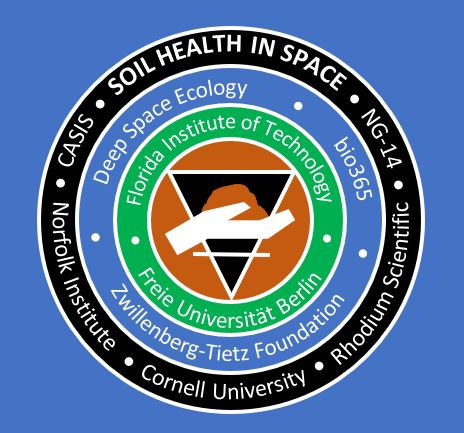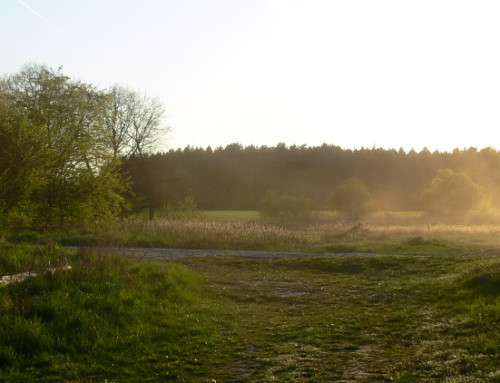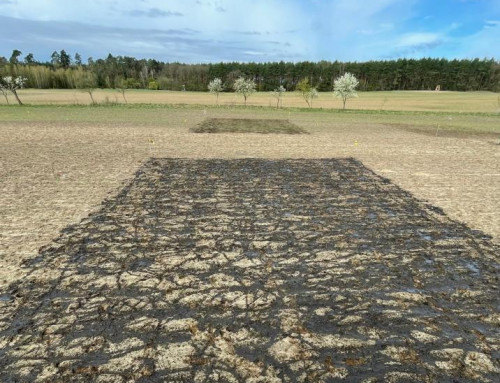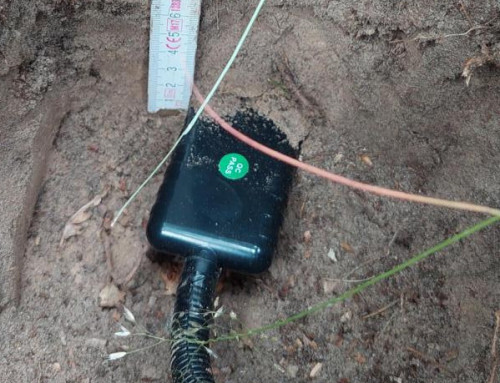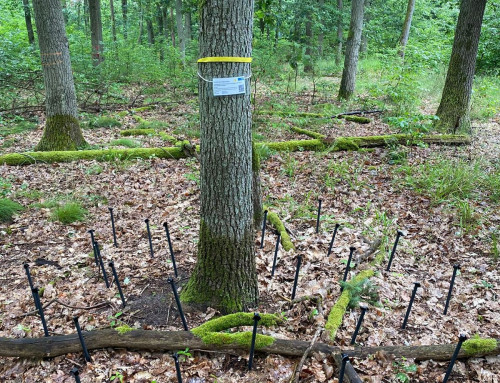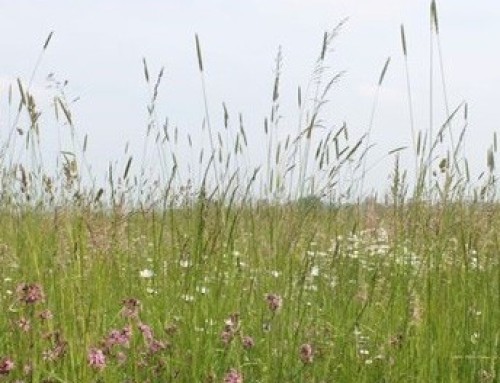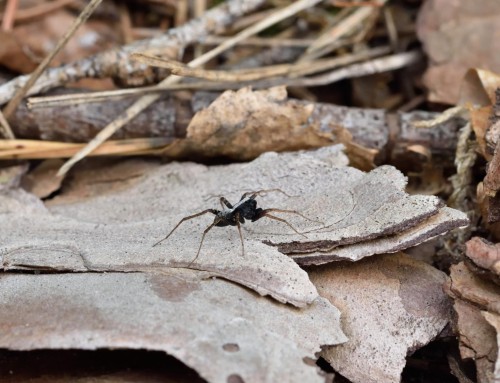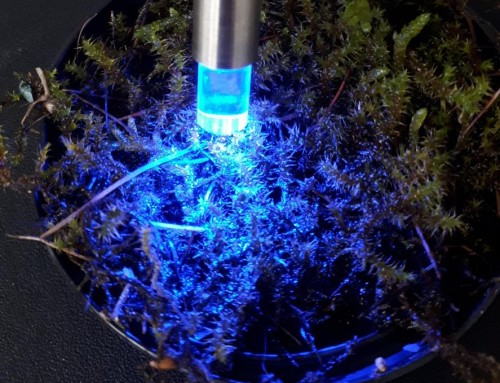Study on the effects of weightlessness on soils and their organisms
Type of project: Research project Direction: Prof. Dr. Matthias Rillig, Free University of Berlin
About the project
Within the “Soil Health in Space” project, coordinated by the Norfolk Institute in the USA and other participating US institutions, living soil was successfully brought to the International Space Station (ISS) for the first time as part of the Cygnus NG-14 mission launched on 3 October 2020 at 3:16 a.m. local time Linde from the NASA Wallops Flight Facility in Virginia, USA. In addition to soil from New York, soil from Linde Research Station was also included. The Zwillenberg-Tietz Foundation also financially supported the Berlin part of the mission of Professor Matthias Rillig at the Institute for Biology at Freie Universität.
The effects of weightlessness on soils and their organisms will be investigated in a series of experiments. In Matthias Rillig’s FU laboratory, after the mission on the ISS has been completed, the soils will be examined in detail after their return, with the focus on determining the biodiversity of fungi and bacteria. “We hope that these experiments will provide new insights into the role of gravity on soil organisms, for example fungi and bacteria,” said Rillig. “Experiments like this are not possible on Earth, and we are therefore glad that we have the opportunity to carry out this experiment in cooperation with our partners in the USA on the ISS”.
The research team is breaking new ground, because living soil has not yet been exposed to weightlessness and then examined again on Earth. In fact, this question is so new that there are not even clear expectations of the results. Nevertheless, Rillig expects that fungi may suffer more from these conditions than bacteria, since fungi, with the network of thin threads they consist of (the hyphae), are less likely to cope with a greater mobility of soil particles in weightlessness than bacteria. “But we are definitely really excited to see what will happen,” said Rillig. Soil processes, for example the formation of soil aggregates, the crumbs that make up soil, should also be investigated. The astronauts on board the ISS will not come into contact with the soil itself, because the total of 36 small soil samples are securely packaged in small plastic tubes, which in turn are stowed in other containers.
NASA mission description “Soil Health in Space”

